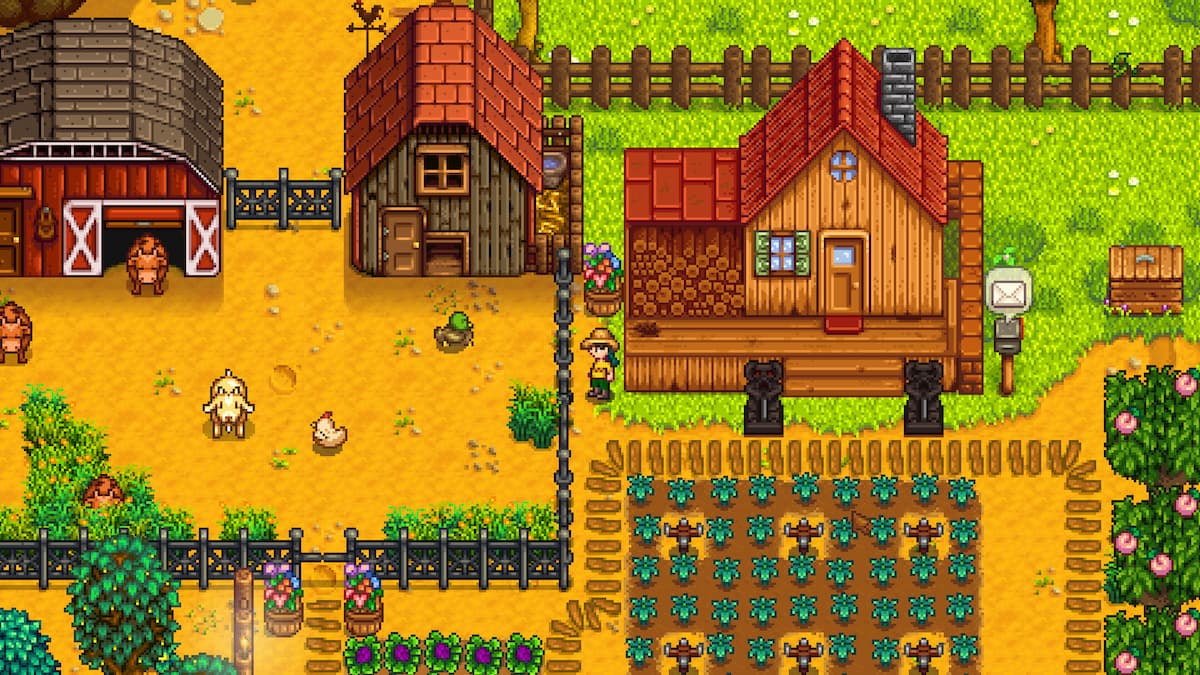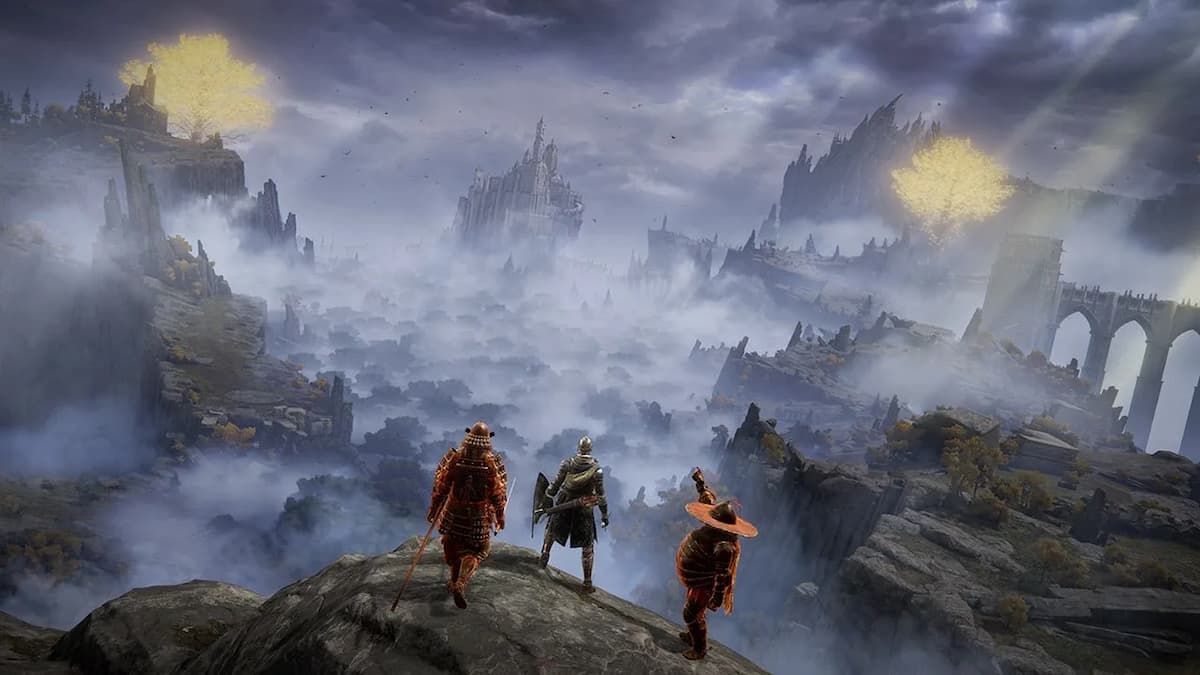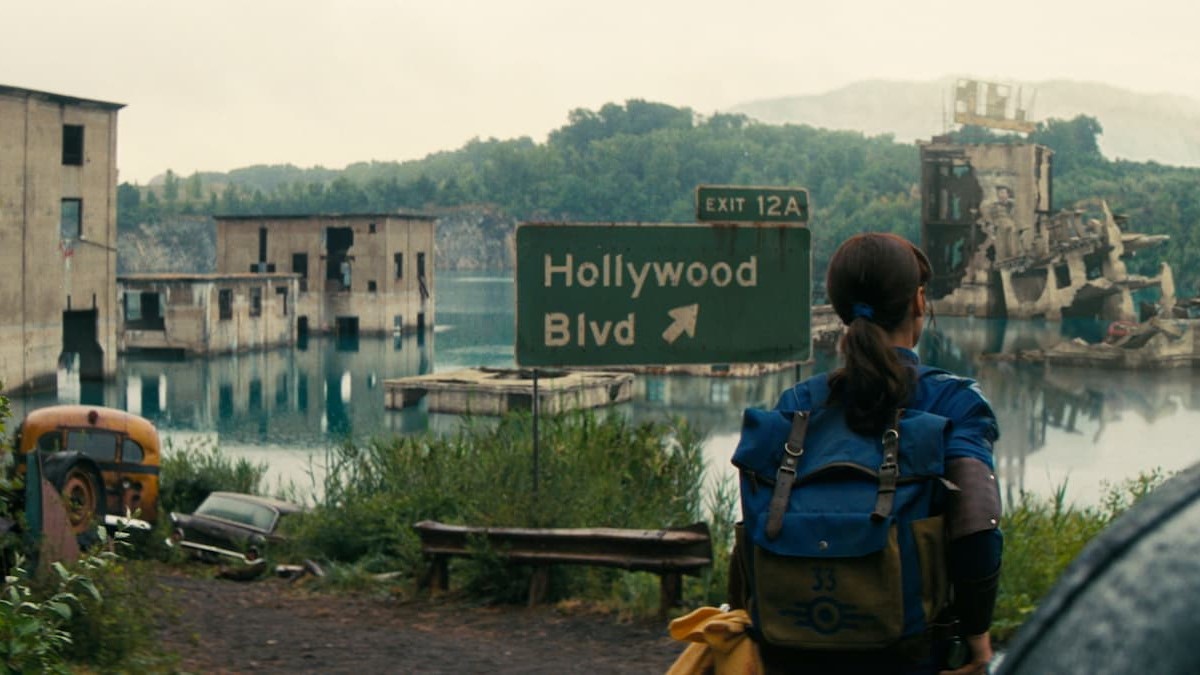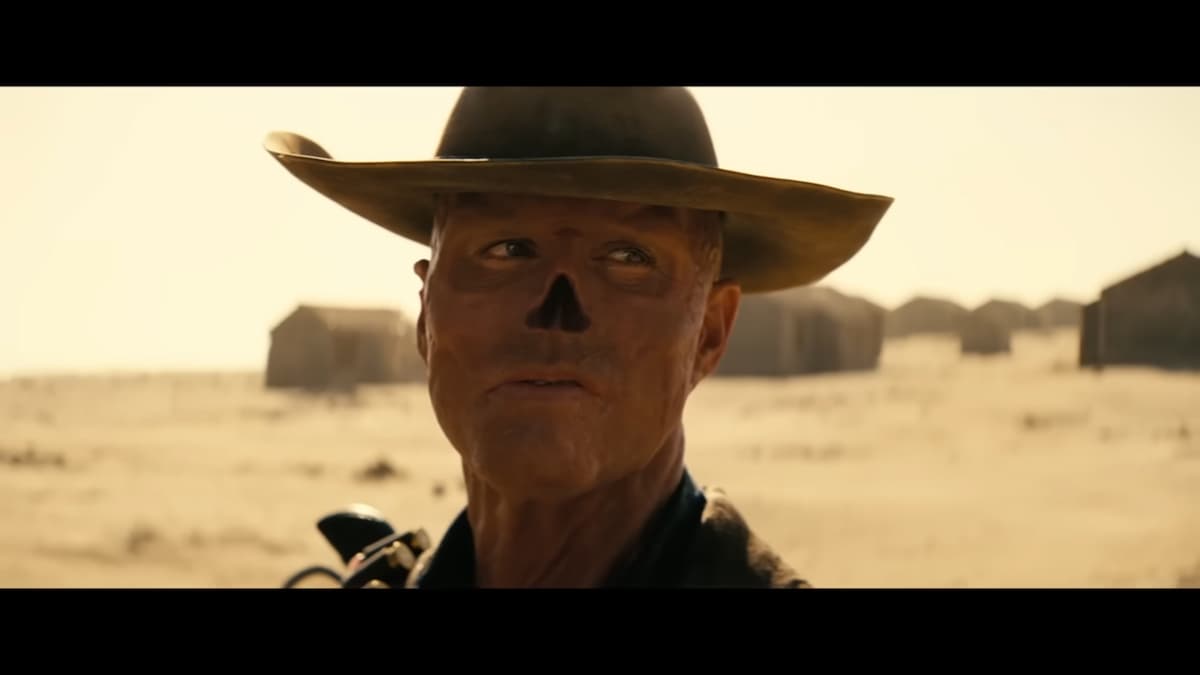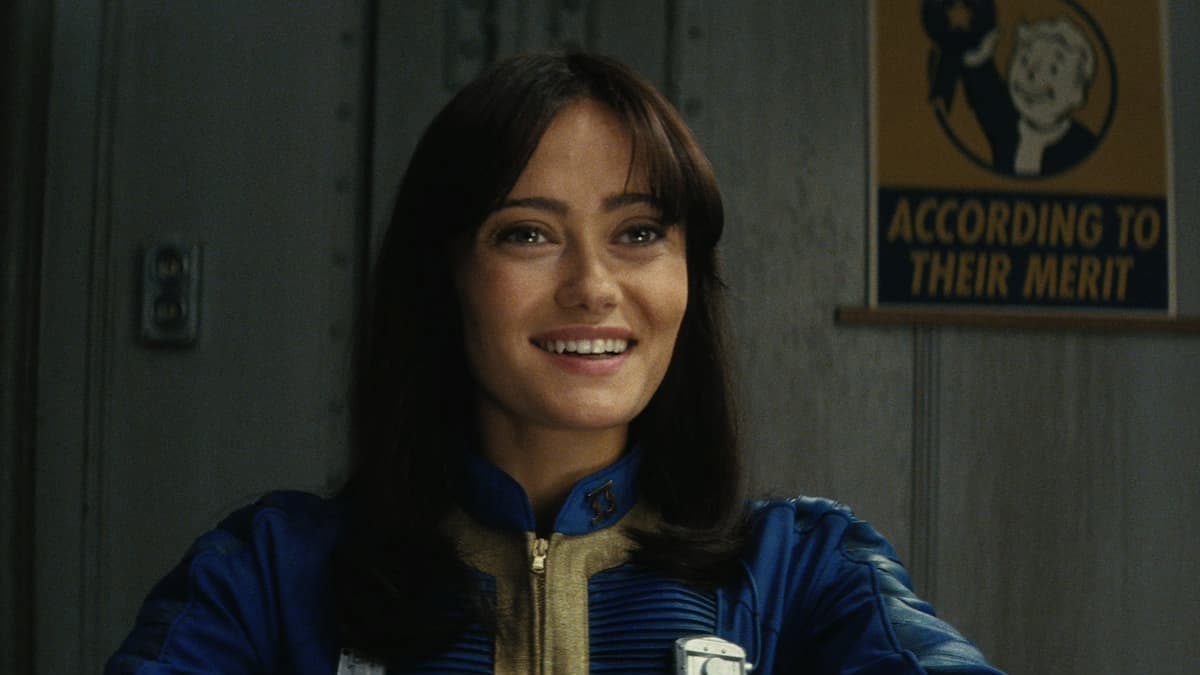As far as I can remember, I have always loved video games, but after writing several historical pieces about video games, it got me wondering whether I could pinpoint which game made truly love video games. I thought that this was going to be a relatively easy article to write, but after remembering about all the games I have played since childhood until now, it proved to be much more difficult than I had anticipated.
During different points of my life, I have been on and off with video games, primarily due to the ups and downs of the video game market in its early days. So in writing this piece, I decided to look at the different generations and phases of video games I went through instead of trying to find one particular game that got me to love gaming.
In order to set up the criteria for myself in determining which games to feature, I looked back at games that gave me such a rush that I was practically addicted from the start, and continued to look for more. That is what the following games have done for me.
Pong
The year was 1975. I was about 4 years old. I went with my parents to a pizza parlor, and next to a few pinball machines, was a lone, yellow box with a TV screen inside of it. I walked over to it, but I was too short to see what was in this big box. My dad held me up so I could, and I immediately wanted to play. Eventually, my dad took out a quarter and dropped it into the machine, and we played against each other. I don’t think I ever returned a ball on that first game, but it was the most awesome thing ever! The fact that I could control something on TV by just twisting a knob was the greatest thrill of my 4-year-old life. Ever since then, I kept wanting to go back to that pizza parlor to play that game. Going back to that pizza parlor never happened, since the next day, we moved from the Silicon Valley to Oregon.
Eventually, my parents got the Pong home console that was sold through Sears, and I was always pestering either of my parents to play with me. But having the attention span of a 4-year-old, I eventually got bored of it, and didn’t really see a video game again for a few years.
Tron
Fast-forwarding in time, I came back to Silicon Valley, and video games were taking over America by storm. Arcades were all around, and they all had to have Pac-Man, Donkey Kong, and Frogger. It was around 1982, and although I had an Atari 2600 at home, I really preferred playing arcade games – they had much better sound and graphics. Nearly every week, my mom would take me with her to Safeway, and I would beg her for quarters to play games. For those of you who didn’t grow up in the 80s, major grocery stores, pharmacies, and 7-11s in the US had arcade machines in the corners.
During this particular time, the machines in rotation included Moon Patrol, Ms. Pac-Man, and Defender. Then, one day, a new machine was wheeled in that drew my attention: Tron. The first time I saw it, I did not know what it was, but it had a funky translucent blue joystick that had a trigger button, and a dial on the side. Later I realized it was a game that went with the Disney movie, and it made more sense.
This was no ordinary game. Aside from the new controls, the machine featured four mini-games inside of it. When you first put a quarter in the machine, you were presented with a map where you could direct the joystick to one of 4 areas, where each area represented a mini-game. You only had 3 lives, so if you could make it out alive from at least one of the 4 areas, you could play all 4 mini-games. (“Light Cycles” was my favorite.)
Overall, this game got me excited about video games again, since I could play 4 different games, and along with the movie tie-in, it presented an interesting and fun storyline that worked well in conjunction with the video game.
Starcraft

During most of high school and college, I continued to play games, but started losing interest in favor of pursuing girls. Back then, it was only the geeks and nerds who played video games. (Geeks and nerds weren’t cool, either.) So I was a bit of a “closeted gamer” back then. I would still visit the local arcade from time to time.
In college, the student rec center had both Mortal Kombat and Street Fighter II. I got really good at playing Raiden on Mortal Kombat – mainly because Street Fighter II usually had a huge line of quarters on it, and I wasn’t patient to wait my turn to play.
It was also in college that I destroyed my friend’s finals studying regimen when I bought a copy of Civilization and let him borrow it over the weekend. He told me that he installed it on a Friday night, and still hadn’t stopped playing when I visited him to study on Sunday afternoon.
In my first post-college job, I was transferred to Tokyo. Things there were really different from the video game perspective. Firstly, there were at least 4 competing game consoles that I could remember. (Nintendo SuperFamicom, Sega MegaDrive, NEC PC-FX, and Fujitsu FM Towns). Arcades, or “Game Centers” as they were called, were huge, bright, loud, and a lot cleaner than the ones back home. But most importantly, women loved to go to them too. That was enough to get me to get interested in video games again!
While living out there, I met a few other Americans who were super into video games, and we would meet up on the weekends to have our own LAN parties. At the time, my friend was also beta testing for a new game, Starcraft. He was able to spawn copies to the rest of us, and when we started playing that, I was immediately hooked. US games (especially PC games) weren’t particularly popular in Japan, so when the game was first released, it took a few weeks for me to find a copy. I remember going into the Akihabara “Electric Town” district in Tokyo one Saturday morning, and in a tiny shop that sold only PC games, there it was! I immediately snatched up a copy, got home, silenced my phone, and played straight through Sunday afternoon, where I finally finished up the campaign.
What I loved about the game was how well-balanced the different races were to each other. The Zerg produced units the fastest, but were also the weakest, while the Protoss had very strong units, but took the longest to produce, while the Terran were somewhere in the middle. (Unlike Warcraft II, where the Orcs and the Humans had nearly identical units that worked nearly the same way).
I loved the original Starcraft so much, in fact, that I continued playing it through the years, all the way to the launch of Starcraft II, some 13 years later. Then I finally hung it up and got into the new game. While there were other games that continued to fuel my love for video games over the years, it was truly Starcraft that threw me back into my interest in games.



